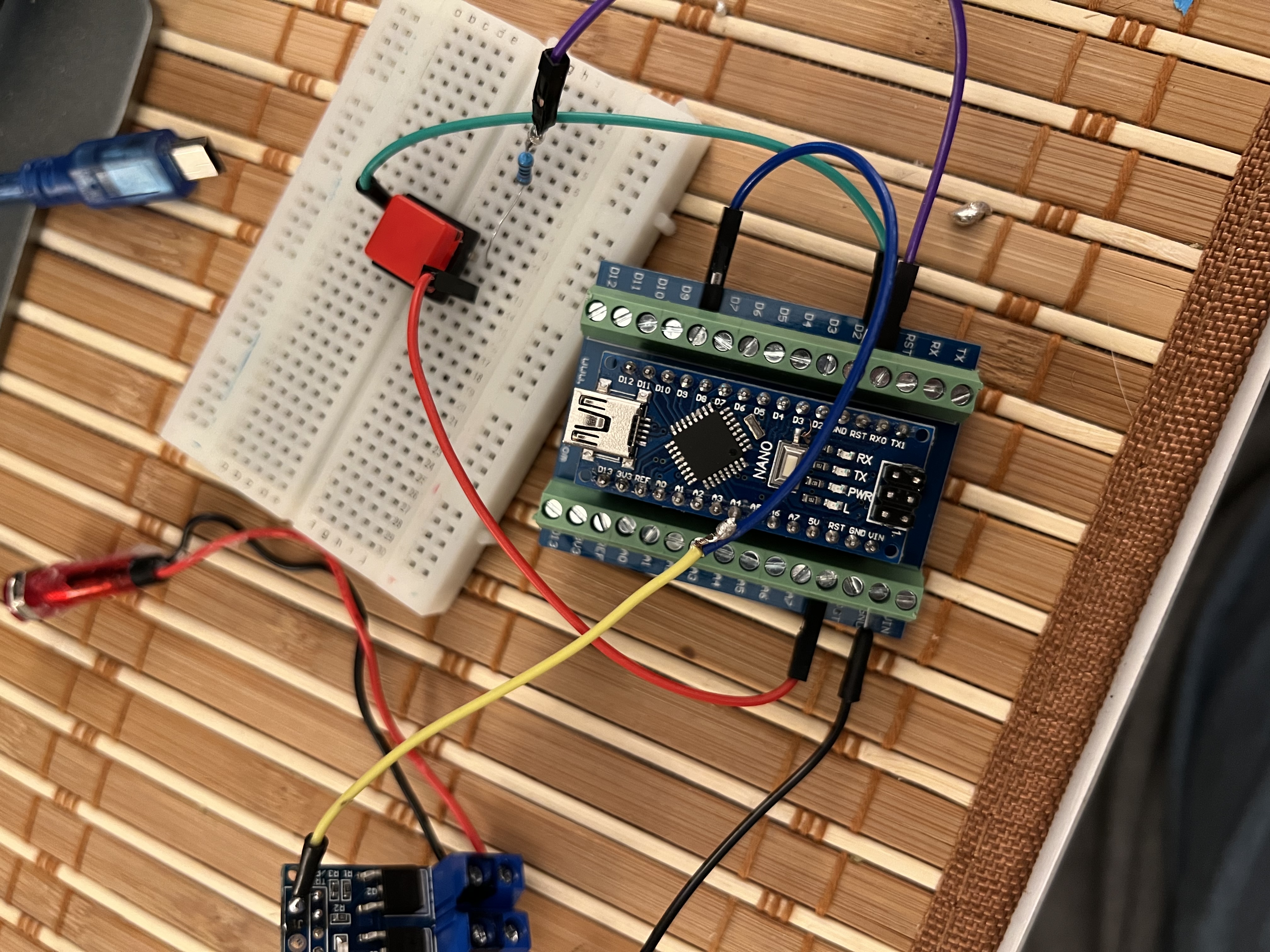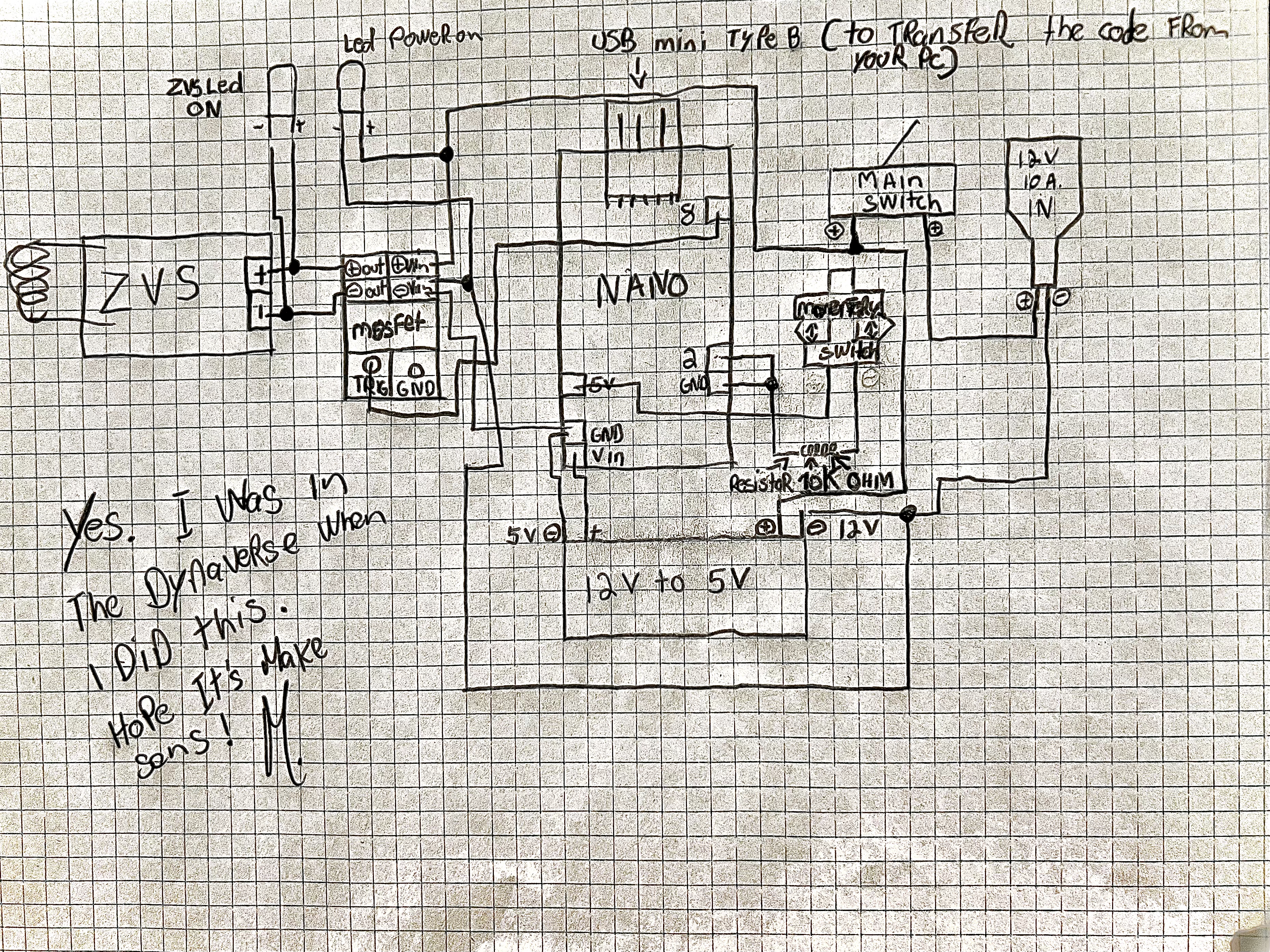The philosophy behind this project:
I'm trying to give every possible tools to the Dynavap community in order to allow as many people as possible to have an efficient induction heater withouthaving to pay +$150 (an astronomical price IMO). No one should deprive themselves of having an induction heater because of theprice. The manufacturers of IH have never evolved since their beginning.
always the same boring concept. I was tired off that and I decided to built an IH more ‘’intelligent’’, versatile, customizable according to our preferences and at a reasonable price insted of paying ridiculous price for a new, more expensive gadget which, at the end, is practically identical to the first induction heaters that were born couples years ago..
And when I say that I'm giving my concept I mean everything; the script the name, you can make it in order to sell it and say that is your idea! I don't care.
To put the code in the Arduino nano, on arduino IDE on top of the page you will see ‘’TOOL’’. Click on that. Put the cursor on ‘’bord’’ and select ‘’Arduino Nano’’, then on ‘’Processor’’ and select ‘’Atmega328p (old boot loader)’’ then on ‘’PORT‘’ and select the USB port that the nano is connected to. After that click on the Arrow in a circle beside the hook in a circle to. Voilà!





Comments
Please log in or sign up to comment.